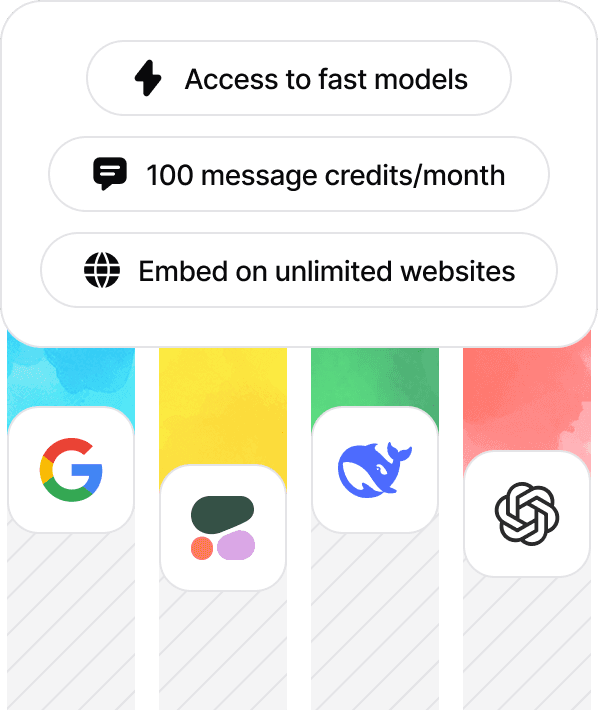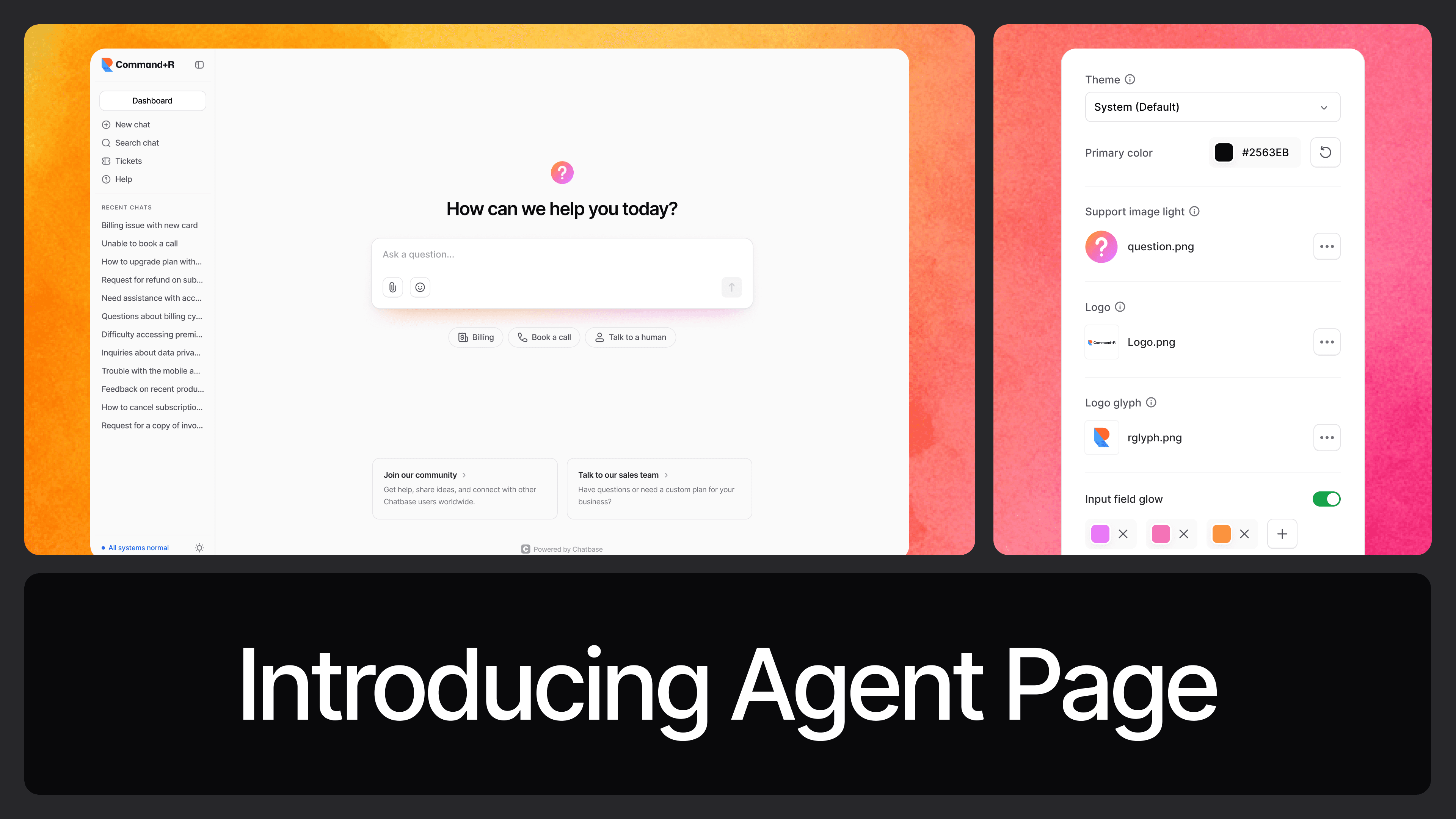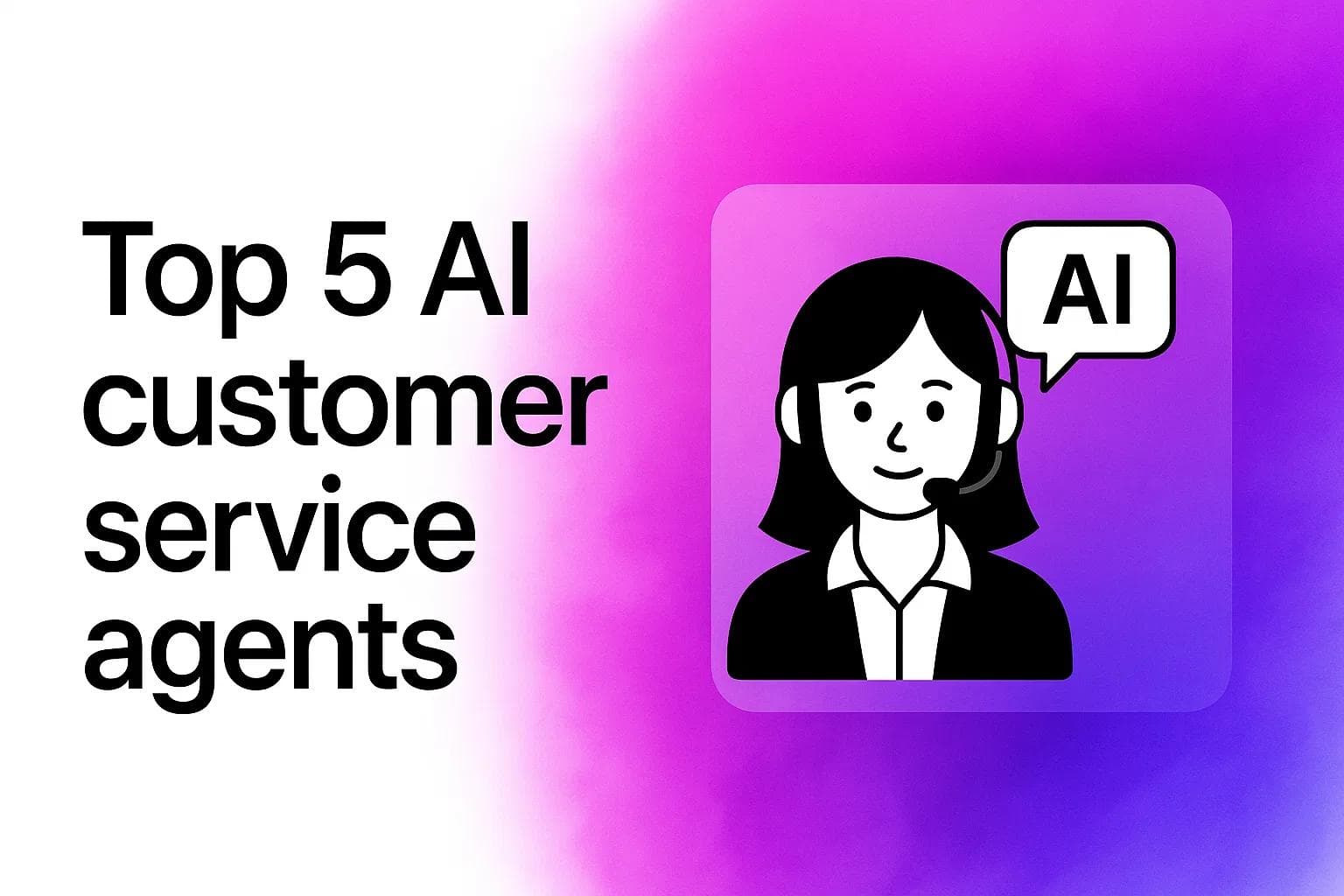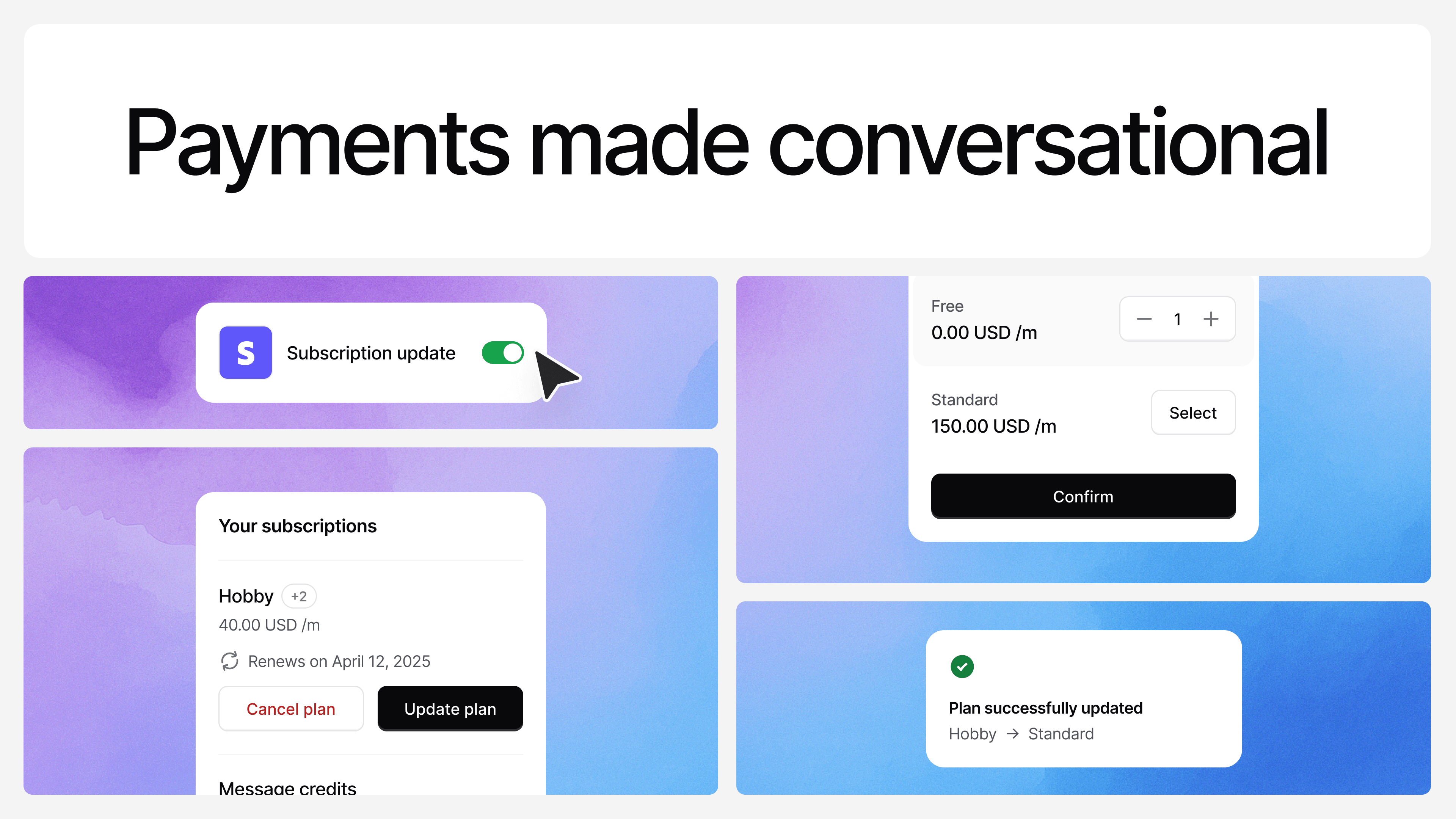What Is Good Customer Service?
Max T
Jul 25, 2025
10 min read
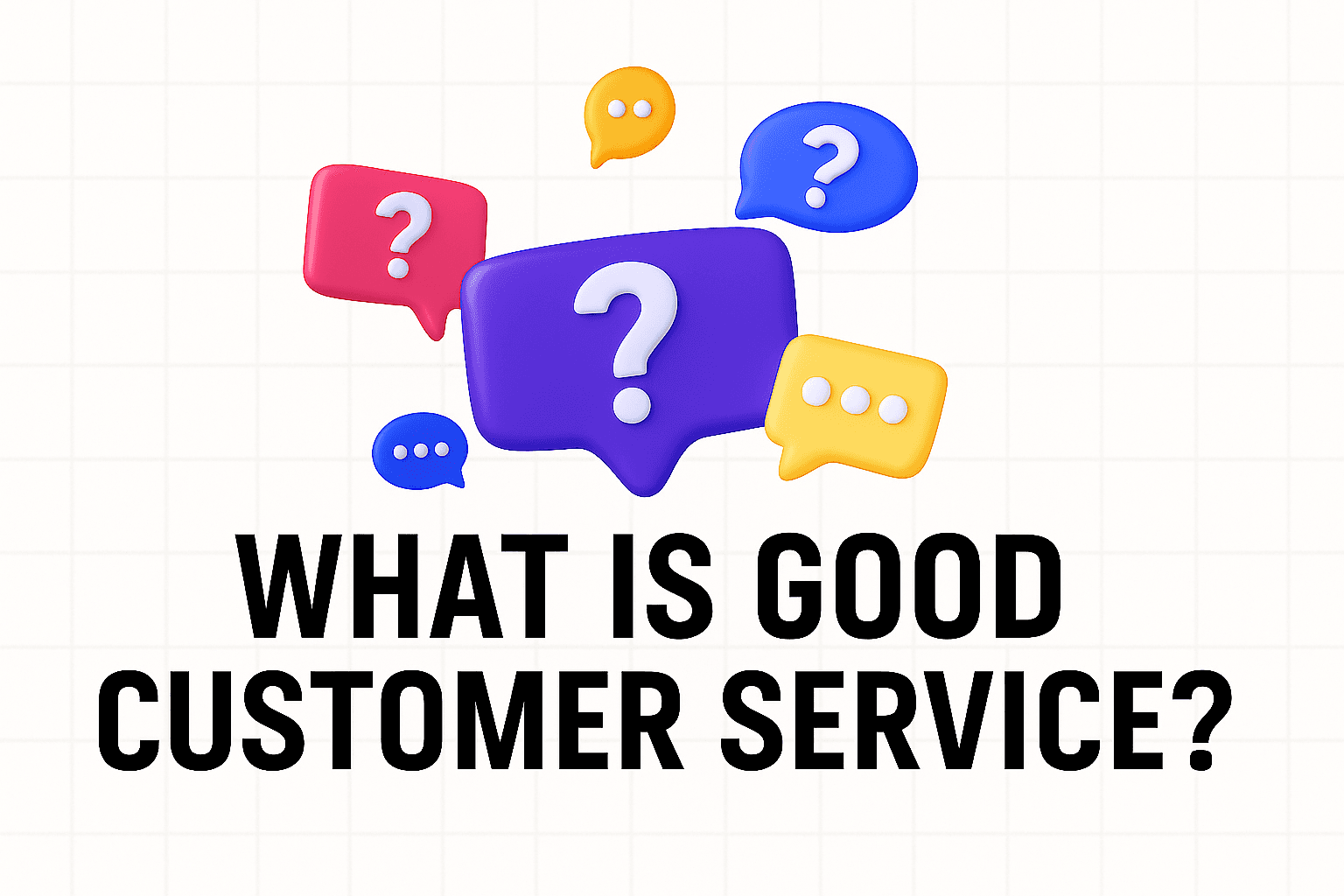
Not every polite smile or scripted “How can I help you today?” qualifies as good customer service. And no, speed alone doesn’t always mean a customer was truly served well.
One common misconception is that good customer service is all about solving problems fast. While speed matters, it isn’t everything. A rushed solution without understanding or empathy can feel cold and transactional. On the flip side, another trap is believing friendliness is enough; being nice without actually solving the customer’s issue still leaves them frustrated.
In reality, good customer service is about how customers feel when the interaction ends. Did they feel heard? Respected? Helped? These are the real measures of quality service.
It’s a combination of empathy, efficiency, consistency, and an understanding of what the customer actually needs, not just what the company wants to deliver.
What Good Customer Service Looks Like
We’ve all had a memorable customer service experience.
Maybe it was a receptionist at a clinic who recognized you by name and remembered why you visited last time.
Or maybe it was that time you called support, and the agent didn’t just read from a script. They actually listened, empathized, and stayed on the line until the issue was truly resolved.
Those moments stick with us. They’re personal, thoughtful, and human.
Good customer service leaves you feeling taken care of, not just served. It shows up when someone remembers your past interactions, when they anticipate what you might need before you say it, or when they’re willing to bend a process just to make things right.
It’s not always about grand gestures either. Sometimes it’s the little things, maybe a fast reply, a clear explanation, or simply not making you repeat yourself.
Good customer service doesn’t just fix problems. It builds trust. It makes people feel seen and valued. And over time, it turns one-time buyers into loyal customers who actually want to come back.
What Makes Customer Service Good?
Good customer service isn’t just about answering questions. It’s about how those answers are delivered, how customers feel after the interaction, and how smoothly everything flows from start to finish.
There’s no one-size-fits-all formula, but there are a few patterns you’ll find in every great support experience, whether it’s a one-person team or a company with thousands of agents.
Below are the core traits that consistently separate average support from excellent support.
1. Smart Use of AI
AI in customer service often gets a bad rap, mostly because too many companies treat it like a cheap replacement for humans. But there’s a lot of good in this if you use it right.
Think of a customer reaching out late at night about a failed payment. Instead of waiting hours for a human response, an AI chatbot can instantly recognize the issue, offer a retry link, explain why the payment might have failed, and confirm when the retry is successful; all in under a minute. That’s not just fast. That’s relief, right when it’s needed.
Or consider a customer who’s already contacted support twice about the same problem. A good AI system can surface their history before they even say a word, skipping the “Can you explain this again?” loop and sending the case straight to a live agent with full context.
AI can also help defuse tension. It can detect frustration in a message, escalate priority automatically, and route the customer to the right person faster, instead of letting them wait in a queue like everyone else.
Used well, AI clears the noise. It speeds up resolution, eliminates repetition, and helps agents focus on the customers who really need a human touch.
2. Empathy and Emotional Intelligence
No script or training manual can fully replace genuine empathy. When a customer reaches out with a problem, what they want first is to feel understood.
Take, for example, someone who just lost access to their account right before a critical deadline. A good agent doesn’t jump straight into asking for ID verification. Instead, they acknowledge the stress, reassure the customer they’ll help, and then walk them through the next steps clearly and calmly.
Empathy doesn’t mean giving customers everything they ask for. It means acknowledging their frustration, being patient when they’re upset, and treating their issue as a priority, even if you’ve seen it a hundred times before.
This kind of emotional intelligence isn’t just about being “nice.” It’s what makes the difference between a support interaction that feels robotic and one that feels human. And customers don’t forget the difference.
3. Consistency Across Channels
It doesn’t matter if a customer contacts you via email, live chat, or social media; the experience should feel the same. Same tone. Same helpfulness. Same speed.
Imagine someone sends a complaint through Twitter and gets an instant, friendly reply. Then, a few hours later, they follow up by email, and the tone turns cold and robotic. That inconsistency creates confusion. Worse, it makes the business feel disorganized or insincere.
Consistency means every touchpoint feels like it’s coming from the same brand. It means no dropped balls between teams, no having to explain the issue again, and no changes in tone just because the platform changed.
A customer should never have to wonder if one channel is better than the other; they should feel confident that wherever they reach out, they’ll be treated the same way.
4. Fast, But Not Rushed
Customers appreciate speed, but not if it comes at the cost of accuracy or care. A quick reply that misses the point or gives the wrong solution only adds more frustration.
Let’s say someone asks for a refund because an item arrived damaged. A rushed response might say, “Please send it back for a replacement” without even acknowledging the inconvenience or checking whether a refund is an option. That’s fast, but it’s not helpful.
A good customer service approach balances speed with clarity. It means responding quickly, but still taking the time to actually read the message, understand the context, and give a proper answer.
It’s okay to take a little extra time if it means solving the issue right the first time. Customers can tell the difference between fast and careless, and most would rather wait a few more minutes for a real solution.
5. Clear and Simple Communication
Good service doesn’t hide behind jargon, long explanations, or copy-pasted replies. Customers want answers, not puzzles.
For example, instead of saying, "Due to internal policy constraints, we regret to inform you that your request does not qualify for resolution under Clause 4.7 of our Terms of Service,” you could say, "Unfortunately, we can’t process that request based on our policy, but here’s what we can do instead."
Clarity builds trust. When people understand what you’re saying — and why — they’re more likely to accept the outcome, even if it’s not what they were hoping for.
It also saves time. Clear language reduces back-and-forth, helps avoid misunderstandings, and shows that the company values the customer’s time as much as its own.
6. Taking Ownership
Nothing frustrates a customer more than being bounced around or getting vague responses like “That’s not my department.” Good customer service means someone takes responsibility and sees the issue through — even if they’re not the one who will solve it directly.
Let’s say a customer contacts billing support with a technical issue. A poor response would be, “You’ll need to contact technical support instead.” A better approach is, “That’s a technical issue, but I’ll pass it along to the right team and make sure they follow up with you directly. I’ll also stay on this thread in case you need anything else.”
Taking ownership shows accountability. It reassures the customer that they’re not being left to figure things out on their own. And it keeps the experience cohesive, instead of making the customer start from scratch with every new person.
7. Personalization That Feels Real
Nobody likes feeling like just another ticket in a queue. Great customer service adds small touches of personalization. It’s not just about using the customer’s name. It’s about showing an understanding of who they are and what they’ve experienced.
For example, imagine a customer reaches out for the second time about a shipping delay. A generic reply like, “We’re sorry for the inconvenience” won’t cut it. But something like, “I see this is the second time your order’s been delayed. I understand how frustrating that must be. Let me prioritize this and get you an update within the hour.” — that hits differently.
This kind of personalization shows that the company isn’t just responding. It’s paying attention. And that attention makes customers feel valued.
The more relevant the response feels to the individual, their history, their preferences, and their tone, the more trust and loyalty it builds.
8. Following Up Without Being Asked
Great customer service doesn’t stop at solving the problem. It checks in afterward to make sure everything’s still okay.
Let’s say a customer was having trouble accessing their account, and support helped them reset it. A day later, a quick follow-up message like, “Just checking in, is everything working fine now?” can make a big impression.
It shows the company isn’t just trying to close tickets. It’s actually interested in the outcome. Even when the issue seems resolved, a follow-up can catch things that may have gone unnoticed or prevent the problem from coming back.
Customers remember when businesses go the extra mile, especially when they didn’t have to.
Set Up Great Customer Service with Chatbase
Good customer service is something customers expect by default. And thanks to AI, businesses now have real tools to deliver the kind of support people actually remember.
Chatbase gives you that edge. It helps you bring together speed, empathy, personalization, and consistency in one place, without needing a big team or complex setup.
How Chatbase Helps You Deliver Excellent Customer Service
1. Personalized Conversations That Feel HumanChatbase helps you engage customers in highly personalized ways. It uses past interactions and customer data to tailor responses that feel thoughtful and relevant. These conversations don’t feel generic.
2. Fast Support That Doesn’t Feel RushedYou can respond instantly to questions, even during off-hours. At the same time, you still deliver clear, accurate answers that get to the point.
3. Empathy at ScaleIt detects customer frustration and prioritizes sensitive cases. When needed, it routes the issue to a real human so customers feel truly cared for.
4. Consistent Across Every ChannelWhether it’s chat, social, or email, Chatbase keeps your tone, speed, and helpfulness aligned. Customers get a consistent experience everywhere.
5. Follow-ups Without the Manual Work You can automate follow-ups to check if issues were resolved or if a customer needs more help. It’s a small gesture that makes a big difference.
How to Make the Most of Chatbase
- Customize Your Bot to match your brand’s tone and voice.
- Use AI Actions to automate tasks like bookings, FAQs, and refund flows.
- Connect with Tools like Messenger, Instagram, and Shopify for seamless multi-channel support.
- Test and Tweak using the AI Playground to fine-tune your bot’s behavior.
- Monitor Conversations with the analytics dashboard to track satisfaction and spot issues early.
- Use the Zendesk Ticketing System for smooth handoffs and clean resolution tracking when things need a human touch.
Ready to Deliver the Kind of Customer Service People Talk About?
Start building with Chatbase for free.
See how easy it is to support your customers the way they actually want to be supported.→ Sign up for Chatbase now
Share this article:

